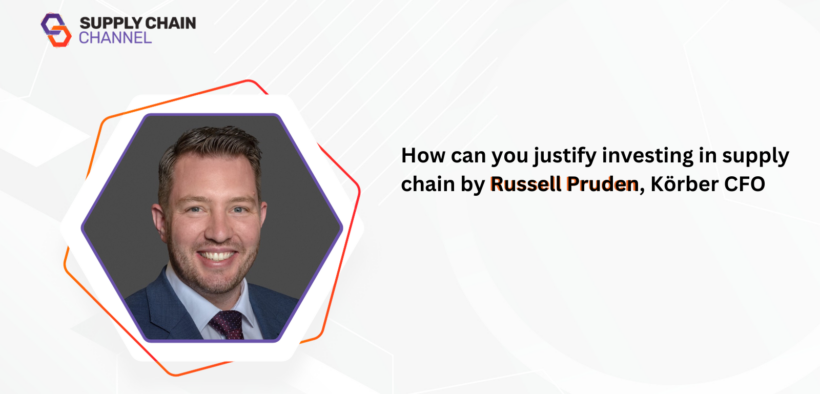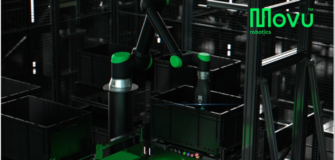Cost restraints are a shared barrier for businesses looking to improve their supply chain.
As we look to 2024, industry decision-makers are considering different financial strategies to continue to support the robustness and longevity of their networks. But how do you know if your business is ready for new capital investment?
Last month, newly appointed governor of the Reserve Bank of Australia Michelle Bullock announced the first hike in interest rates since June this year. Intended to combat inflation, the news was unwelcome for many Australian businesses, who are already grappling with high input costs, emerging wage pressure and labour shortages, particularly in critical areas such as warehousing and logistics.
Trade tensions and changing relationships with trade partners in China are impacting exports and imports, all while the dominance of e-commerce and online shopping increases the pressure on warehouse productivity and last-mile delivery services.
Research from KPMG shows that 67% of organisations consider meeting customer expectations for speed of delivery to be a critical force impacting the structure and flow of their supply chains over the next 12-18 months. Supply chain improvements come at a cost, however, often requiring significant capital expenditures for technology, equipment, infrastructure, and process changes.
The current economic conditions make a thought-out business case for new supply chain investments crucial – decision-makers need to justify the costs of supply chain investments and ensure a positive return on investment (ROI). For the well-connected, leveraging financing partners assists in aligning financial payments with cost savings over time, which supports the longevity of the investment.
Businesses are also exploring options such as leasing or financing for new equipment and infrastructure, which may reduce upfront capital requirements and align costs with benefits over time. Once again, connecting with financing partners is important so that any financing requirements are structured as competitively as possible.
Key indicators for investment
To monitor the health of any business, Pruden identifies five key metrics:
1. Inventory Turnover: How quickly inventory is sold and replaced within a specific period.
2. Days Sales of Inventory (DSI): The average number of days it takes to sell a product after it is acquired.
3. Cash-to-Cash Cycle Time: The time required to convert cash spent on inventory into cash received from sales.
4. Perfect Order Rate: The percentage of orders delivered with all items in the correct quantity, condition, and on time.
5. Supply Chain Cost as a Percentage of Revenue: The percentage of total revenue spent on supply chain operations.
Looking beyond the immediate wins and losses, organisations need to continuously improve supply chain processes to reduce costs, improve speed, and enhance overall efficiency. Of course, businesses must build resilience to disruptions by diversifying suppliers, having contingency plans, and investing in risk management. To afford this positive change, we must embrace digital transformation across the supply chain, buying into real-time insights and ultimately better decision-making.
Turning to technology
Despite the rise of Industry 4.0 and the interconnectedness of technology systems, many organisations still rely on outdated legacy systems, including paper-based filing and data collection. The old mentality of “if it ain’t broke, don’t fix it” still lingers across some workshop floors and warehouses but was really exposed over the COVID-19 pandemic, where most businesses realised investing in technology systems is a necessity, rather than a luxury.
Cloud-based supply chain software such as order management, warehouse management and transport management systems, with pay-as-you-go pricing models, have a low financial barrier to entry, eliminating the need for expensive, on-premises hardware and IT infrastructure. Software as a Service (SaaS) is being increasingly adopted to simplify key business functions and lower costs.
With high return on investment (ROI) and quick payback periods, businesses are increasingly implementing cloud-based solutions that reduce the need for large, upfront capital investments. Consolidating solutions such as Hardware, Software and Maintenance into one easy monthly fee reduces the administrative burden for businesses and improves the ability to forecast cash flows, with no hidden costs.
The rise of robots
Robots as a Service (RaaS) is a key strategy that will help transform businesses heading into 2024, mainly because of how quickly the financial outlay aligns with ROI.
If structured correctly, avoiding large assets on the balance sheet can have a positive impact on external requirements such as bank covenants and other financial constraints. RaaS frees up CAPEX investment to OPEX and builds a business case where investment is amortised
across agreed terms. Rather than a huge upfront investment, businesses will be able to manage predictable, monthly costs much easier. When robots are provided as a service, businesses can accommodate for spikes in demand during peak periods, without the outlay of a fixed cost.


























































Follow us on social media